Art World
Meet the Four Nominees for the 2018 Turner Prize, From Empathic Filmmakers to Forensic Sleuths
Here's what you need to know about this year's finalists for the most prestigious art award.
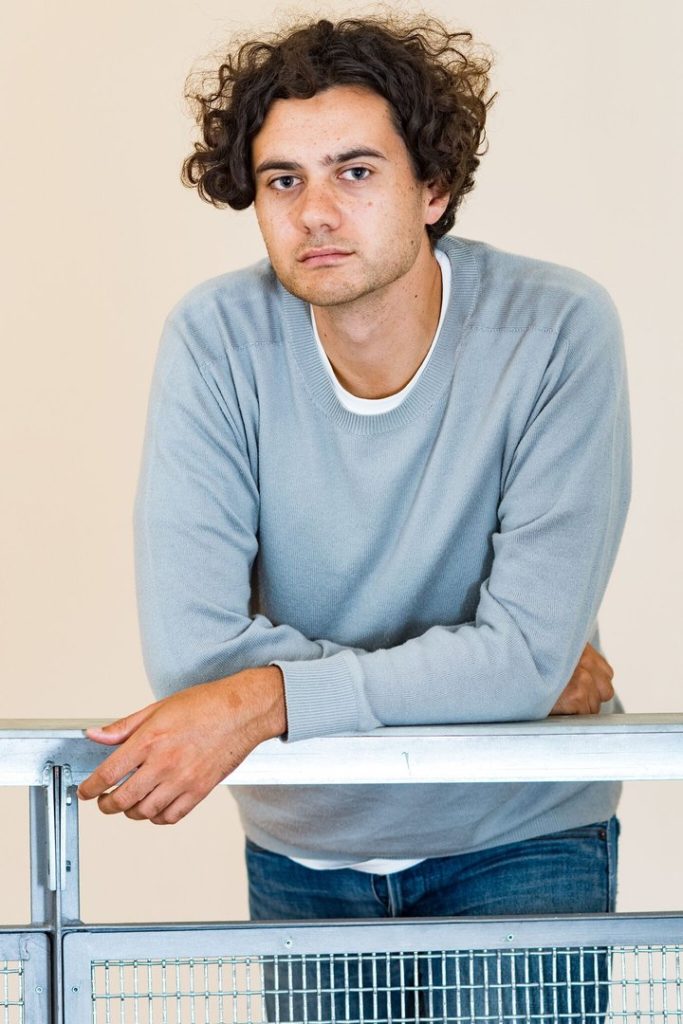
Here's what you need to know about this year's finalists for the most prestigious art award.

Tanner West

Today, the nominees were announced for the always closely watched Turner Prize, awarded annually to a British artist on the merit of a show seen in the previous year. As usual, the selection of the finalists can be read as a referendum on trends in contemporary art—there is already a lot of talk about how the winners focus on the politics of race and primarily employ an expanded form of documentary filmmaking—with the choice of the winner constituting a statement on What Art Is Important Now. Of course, the official Turner Prize show won’t open until later this year (it runs September 25, 2018-January 6, 2019), so definitive answers to that conversation remain quite a ways away.
In the meantime, here is a rundown of what you need to know about each of the four 2018 nominees.
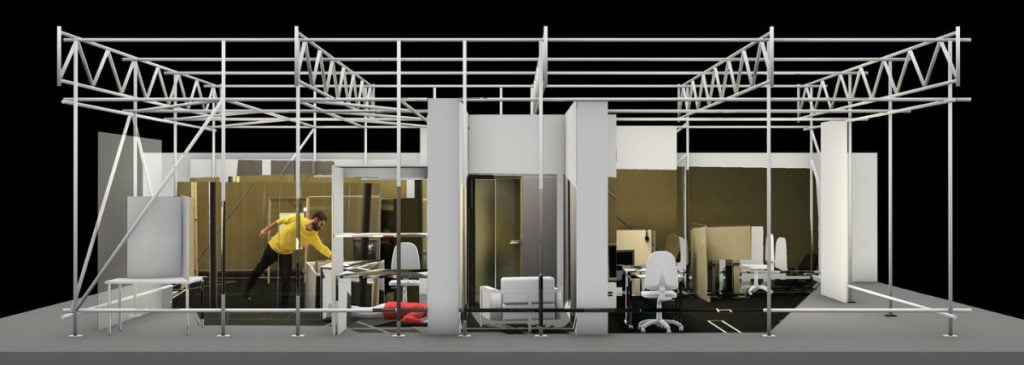
A composite analog and digital model in which Forensic Architecture reconstructed Andreas Temme’s reenactment. Image: Forensic Architecture, 2017.
Who They Are: The group, founded in 2010 by the architect Eyal Weizman and based at Goldsmiths College in London, describes itself not as an art collective but as an “independent research agency,” bringing together artists, filmmakers, computer programmers, scientists, and more in the service of creating high-impact visualizations of complex information that can be submitted as evidence in court cases related to human-rights abuses.
Work to Know: 77sqm_9:26min (2017)
The project, presented as both a video and a report that involved building a scale model of a crime scene inside the House of World Cultures in Berlin, was presented as part of documenta 14—though, fittingly for a group dedicated to collaboration, the presentation was itself part of a collective endeavor, with the work being shown as part of an installation by the Society of Friends of Halit, a group dedicated to antiracist organizing inspired by the 2006 murder of Turkish-born Halit Yozgat by neo-Nazis.
77sqm_9:26min amounts to a “counter investigation” into the testimony of a German intelligence agent who was on the scene of Yozgat’s murder, postulating the complicity of government-affiliated forces in the crime. It has received widespread media attention, and inspired a rebuttal from the Christian Democrat party. Our critic called it the “most important piece at documenta 14.”
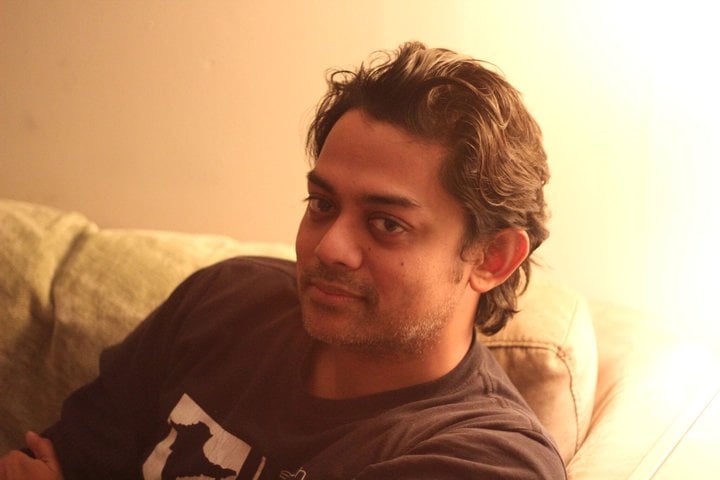
Portrait of Naeem Mohaiemen. Photo by Abeer Hoque, courtesy Turner Prize.
Who He Is: Mohaiemen (b. 1969) was born in London and raised in Bangladesh, but is probably best known as a New York City artist (he’s currently a PhD candidate at Columbia). His show “Naeem Mohaiemen: There Is No Last Man” has only just recently closed at MoMA PS1 in New York. In a year where Forensic Architecture’s nomination puts the spotlight on collective work, it’s notable that Mohaiemen got his start as part of the Visible Collective in NYC from 2001 to 2006, which labored to draw attention to attacks on Arabs and Muslims after 9/11.
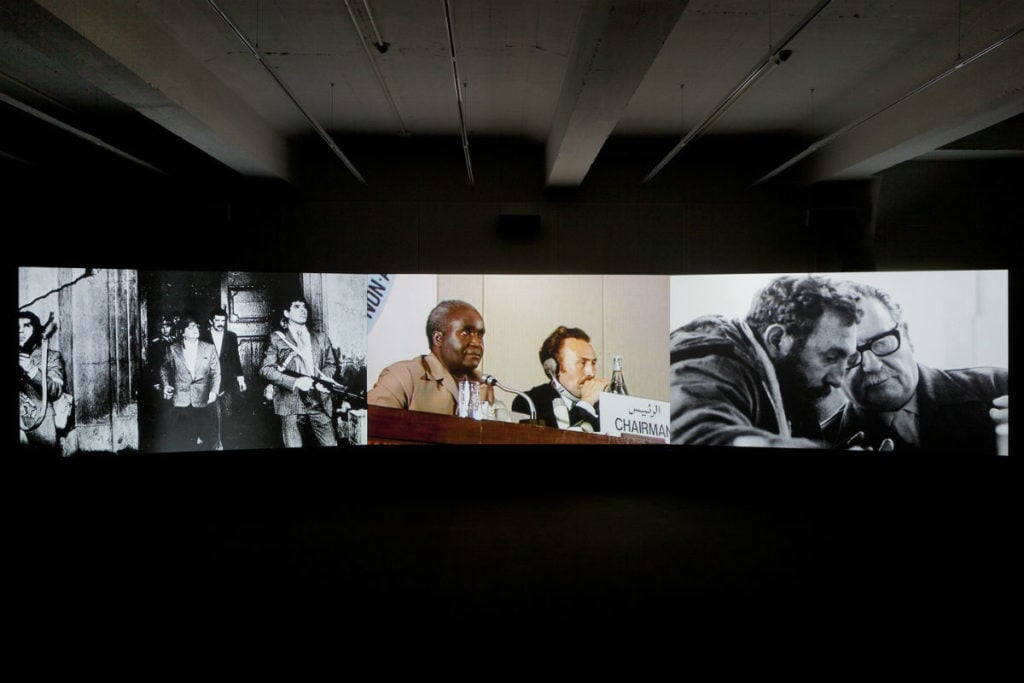
Naeem Mohaimen, Two Meetings and a Funeral (2017) Photo by Michael Nast, courtesy documenta 14.
Work to Know: Two Meetings and a Funeral (2017)
Co-commissioned by the Sharjah Art Foundation and the Ford Foundation and (also) seen in Kassel during documenta 14, Mohaiemen’s sharp three-channel experimental documentary offered an absorbing reflection on the fate of the Non-Aligned Movement, a group of countries aligned with neither the Soviet Union not the United States during the Cold War. Reflecting on the movement’s promises and ironies, it includes testimony from The Darker Nations author Vijay Preshad.
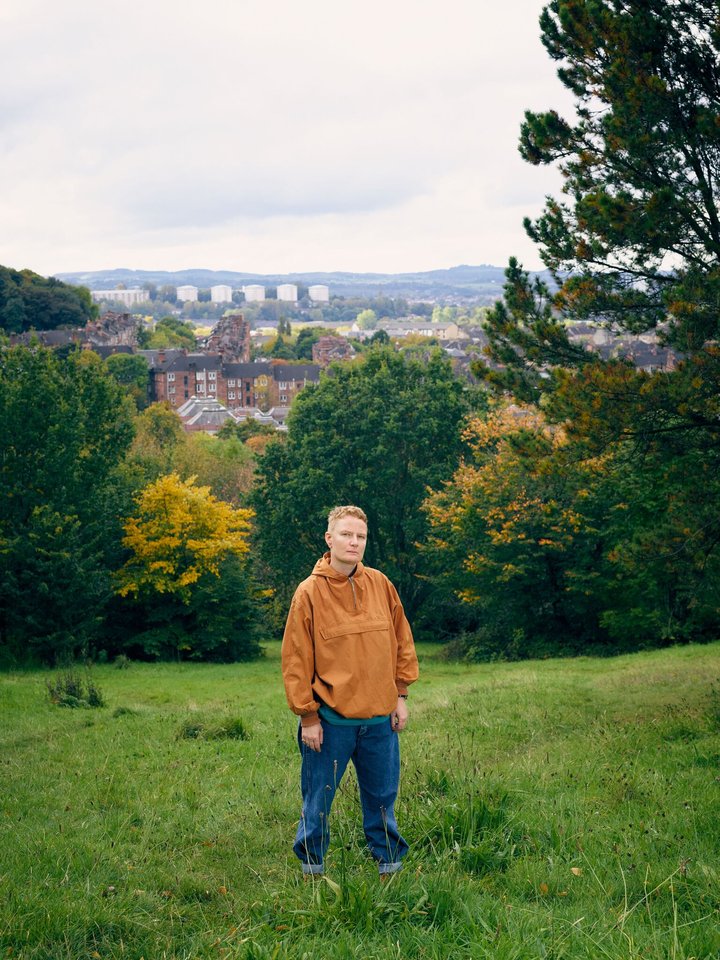
Charlotte Prodger, 2017.
Photography © Emile Holba 2018, courtesy Turner Prize.
Who She Is: Prodger (b. 1974) was trained at Goldsmiths College and the Glasgow School of Art, and these days works in Glasgow. Her experimental films have been multiply honored, as she has also received the 2014 Margaret Tait Award and the 2017 Paul Hamlyn Award. She received her Turner Prize nomination for a show of two videos at the Bergen Kunsthall, “BRIDGIT / Stoneymollan Trial.” (For the curious, a catalogue for that show can be found online.)
Work to Know: BRIDGIT (2016)
A kind of video diary/collage, the 32-minute film alternates between images of Prodger’s Glasgow home and the misty, rugged Scottish Highlands, and the passage in between. It’s overlaid with 10 spoken narratives, mixing personal thoughts and snippets of philosophy and reflections on ancient archaeology—and since it is all shot on a phone, it is intended as an extended reflection on the changing nature of perception and how the body shapes our understanding of the world. “The ‘permanently filming’ tradition of Michel Auder and Jonas Mekas is updated for the ubiquity now routinely achieved via the iPhone,” according to Frieze.
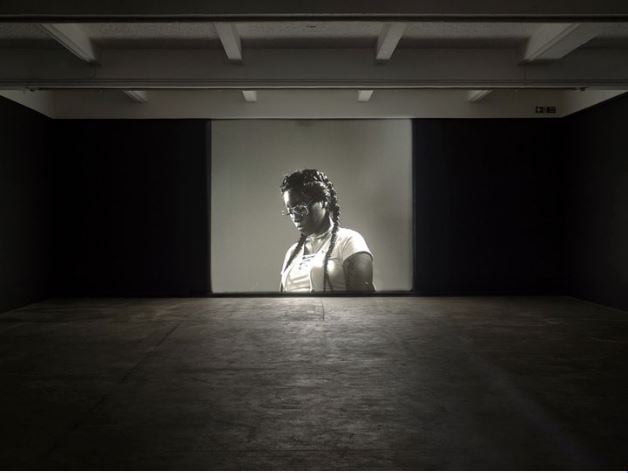
Luke Willis Thompson, Autoportrait (2017). Photo by Andy Keate, courtesy the artist.
Who He Is: Born in Auckland, New Zealand, in 1988 and now living and working in London, Thompson is among other things known for his performance at the New Museum Triennial in 2015, Eventually they introduced me to the people i immediately recognised as those who would take me out anyway, in which participants followed actors out of the museum on walks to sites associated with racial tension, including the onetime Bronx house of David Floyd, the plaintive in Floyd v. City of New York, the landmark case about stop-and-frisk policing.
Work to Know: autoportrait (2017)
Diamond Reynolds entered the public eye for a tragic reason: she streamed, via Facebook Live, the aftermath of the police killing of her partner Philando Castile, in Minnesota. In 2016, Thompson reached out to Reynolds and her lawyer, and collaborated with her on a film, autoportrait, shot in a silent 35mm black-and-white inspired by the format of Andy Warhol’s Screen Tests. The filmic portrait is intended to offer a counter-image to the horrifying moment that exposed her to media attention.
Alex Quicho, writing in ArtReview, argued that the meditative presentation, which forced you to confront Reynolds’s solitary, mute image, was “a quiet riposte to the demands of media to perform, articulate, and re-enact one’s trauma in exchange for public sympathy and belief.”